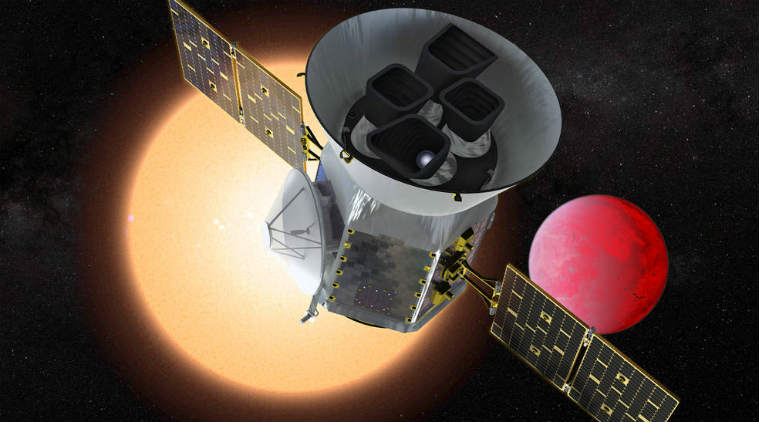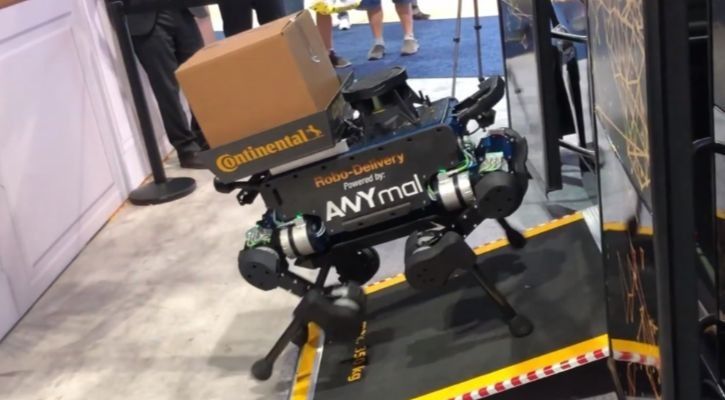NASA's TESS (Transiting Exoplanet Survey Satellite) probe will now take over the mantle to find new planets in the vicinity of our solar system.
 NASA’s latest planet hunting probe – the Transiting Exoplanet Survey Satellite (TESS) – has started its search for new worlds around nearby stars, the US Space agency said. (Image Source: NASA)
NASA’s latest planet hunting probe – the Transiting Exoplanet Survey Satellite (TESS) – has started its search for new worlds around nearby stars, the US Space agency said. (Image Source: NASA)
NASA’s latest planet hunting probe – the Transiting Exoplanet Survey Satellite (TESS) – has started its search for new worlds around nearby stars, the US Space agency said. TESS is expected to transmit its first series of science data back to Earth in August, and thereafter periodically every 13.5 days, once per orbit, as the spacecraft makes it closest approach to Earth. The TESS Science Team will begin searching the data for new planets immediately after the first series arrives.
“I’m thrilled that our planet hunter is ready to start combing the backyard of our solar system for new worlds,” said Paul Hertz, NASA Astrophysics division director at Headquarters, Washington. “With possibly more planets than stars in our universe, I look forward to the strange, fantastic worlds we’re bound to discover,” said Hertz. TESS is NASA’s latest satellite to search for planets outside our solar system, known as exoplanets.
1m 52s
The mission will spend the next two years monitoring the nearest and brightest stars for periodic dips in their light. These events, called transits, suggest that a planet may be passing in front of its star. TESS is expected to find thousands of planets using this method, some of which could potentially support life.



No comments:
Post a Comment